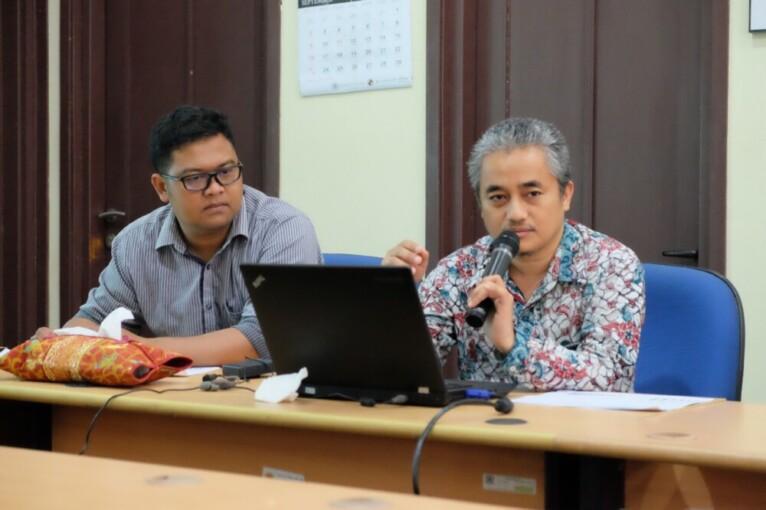
In the current government era, infrastructure development programme is done massively in various parts of Indonesia. Remembering the end goal of infrastructure is to give benefits to society, planning and development need to take into account future use of the infrastructure.
“Current development and funding of infrastructure are big, but the question is whether it would give benefits to all. Infrastructure development does not only aim for output but impact, not just being efficient, but also effective,” said researcher from UGM Centre for Transportation and Logistics (PUSTRAL), Dwi Ardianta Kurniawan, on Wednesday (26/9) in a monthly discussion. This time it discussed the achievement of road sector and benefit analysis.
In his opinion, the prioritisation of infrastructure development is visible in the funding allotment which is 18.6% of total government spending in 2018. He cited reports by Ministry of Public Works and Settlement which showed impressive achievements in the form of length of roads, which surpassed the target by three times. He pointed out, however, that there are still indicators that have not met the target. Dwi said Indonesia was still left behind by the neighbouring countries in terms of infrastructure and road quality.
“Most of the outcome indicators are satisfactory. But the infrastructure use indicator is still low compared to those of Singapore, Malaysia, and Thailand,” he said.
Land transportation costs in Indonesia are still high while connectivity between economic centres is still low. According to Dwi, this might be caused by several aspects, such as gaps between demand and realisation, quality not meeting standard, more use than standard use, and planning problems.
“Priority in terms of infrastructure handling is needed at the right place and time,” he said.
Dwi said some choices of strategy include growth strategy with people’s increased income indicator, and strategy of making things equal with access to unfortunate groups indicator. While priority analysis, he said, could be done in selecting programme that would create biggest impact.

